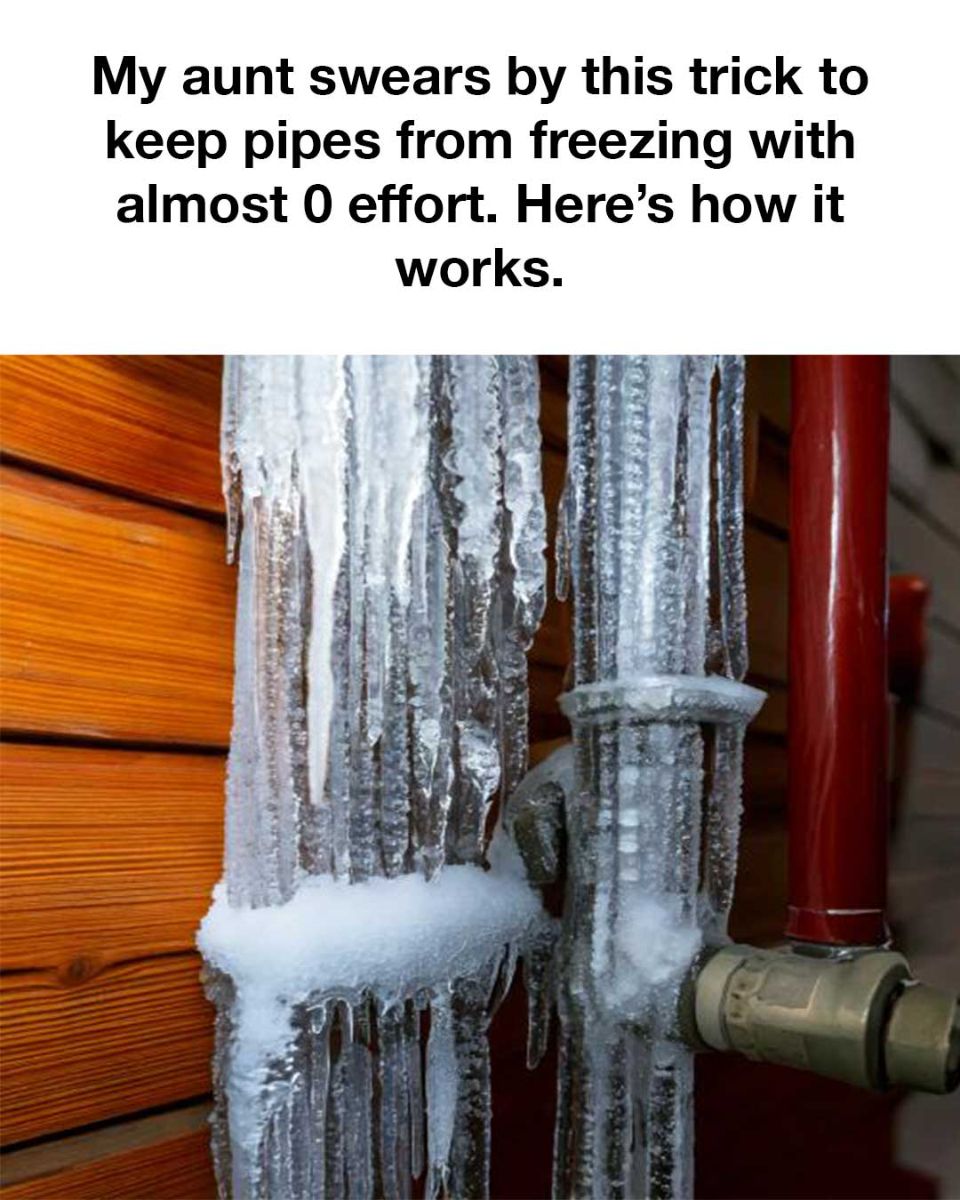Additional Tips for Keeping Pipes Warm
In addition to my aunt’s trick, consider leaving cabinet doors open under sinks to allow warm air to circulate around pipes. Letting faucets drip slightly can also prevent pressure buildup and freezing. Seal any cracks or openings in walls near pipes to reduce cold air infiltration. If you have outdoor pipes, disconnect hoses and cover the faucets with insulated covers.
Common Mistakes to Avoid
Avoid using high-wattage heaters that can pose a fire risk. Ensure the space heater is placed on a stable surface and away from water sources. Do not leave the heater running unattended for long periods. Make sure the foam insulation is properly secured and covers the entire length of the pipe without gaps.
Frequently Asked Questions
Q: Can I use this method for outdoor pipes? A: It’s best suited for indoor pipes, but you can use insulated covers for outdoor faucets. Q: Is it safe to leave the heater on overnight? A: Yes, if you use a low-wattage heater with safety features and a timer. Q: How much does this method cost? A: Foam insulation costs around $1 per foot, and a small space heater can be purchased for $20-$30.
Conclusion: Effortless Pipe Protection
With my aunt’s simple trick, you can protect your pipes from freezing with minimal effort and expense. By combining foam insulation with a low-wattage space heater, you create a reliable defense against the harshest winter conditions. This method is easy to implement, cost-effective, and provides peace of mind throughout the cold season. Say goodbye to the stress of frozen pipes and enjoy a worry-free winter.

